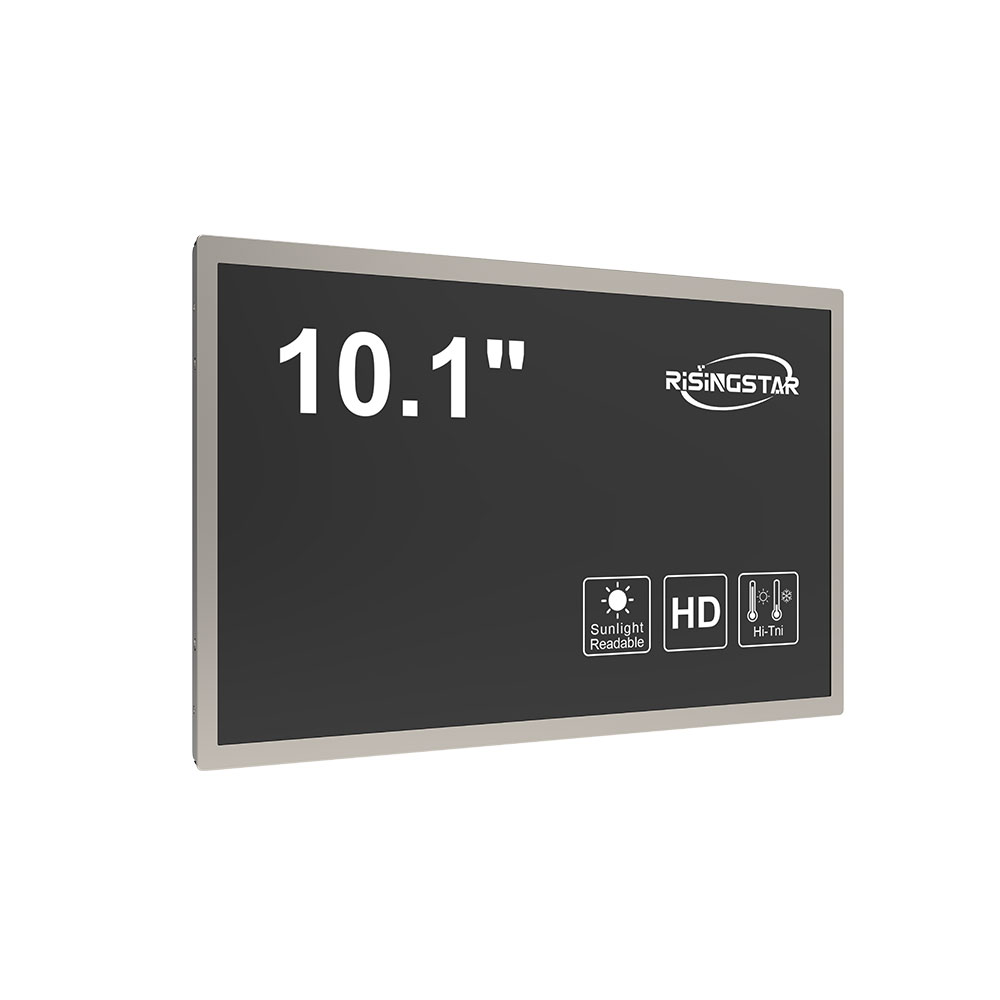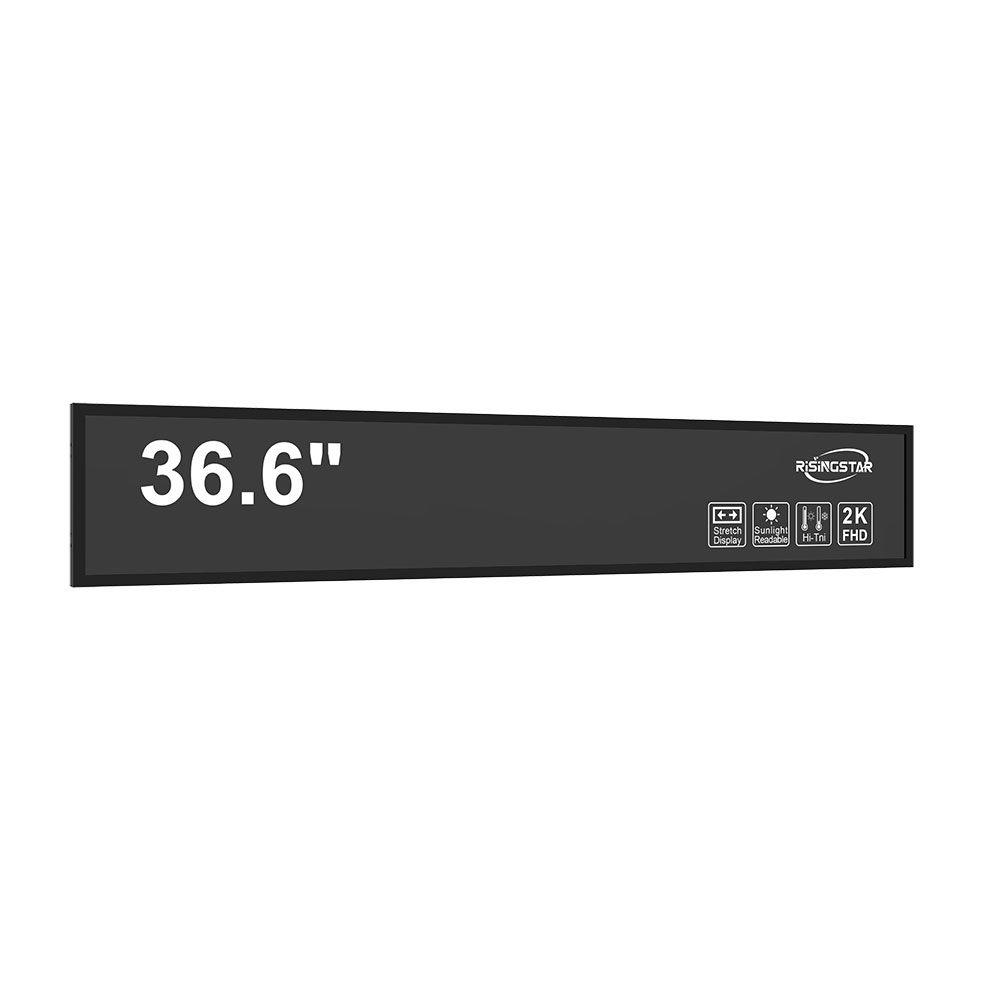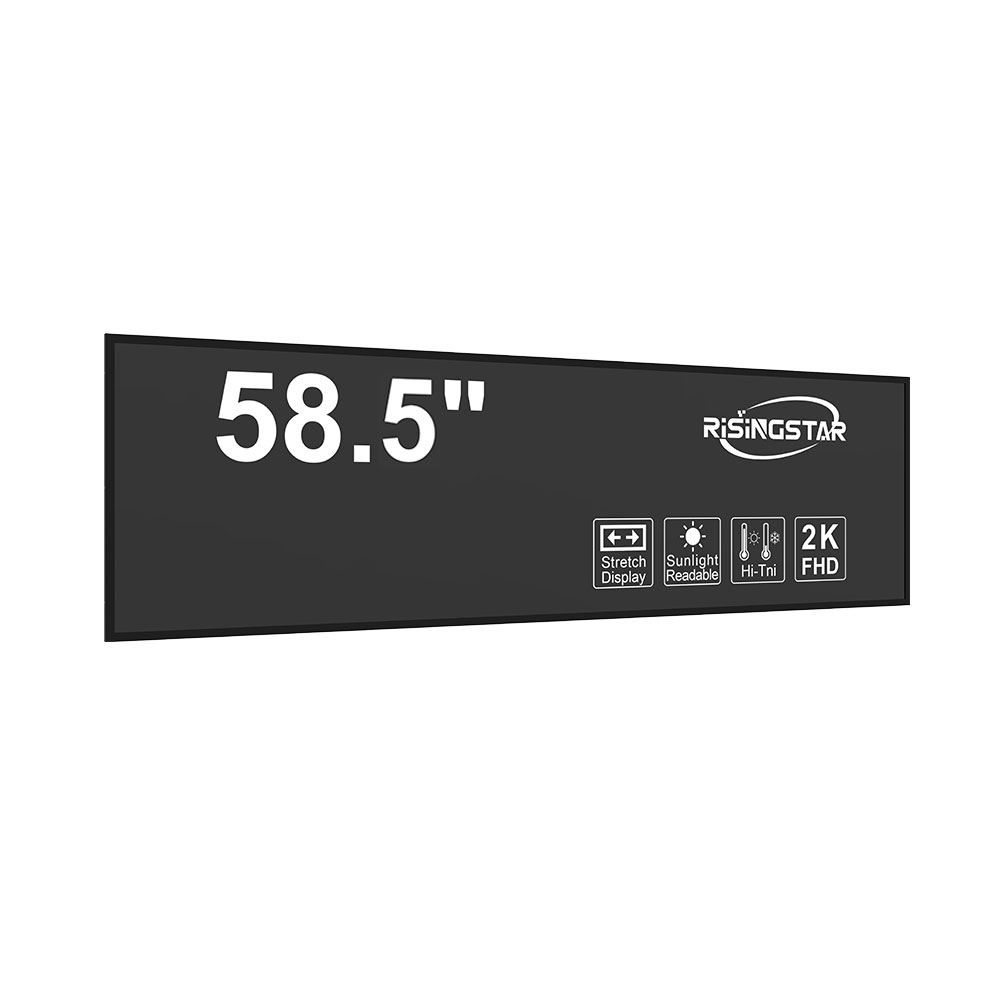
Privacy statement: Your privacy is very important to Us. Our company promises not to disclose your personal information to any external company without your explicit permission.
Outdoor LCD screens are critical components in modern digital signage, public information systems, transportation hubs, retail environments, and industrial monitoring applications. With increasing demand for high-brightness, weather-resistant displays, understanding the technical specifications, real-world performance, and maintenance strategies is essential for maximizing return on investment.
Practical applications of outdoor LCDs span from airport departure boards and traffic signal displays to dynamic advertising kiosks in urban centers. For example, a study by the Digital Signage Federation (DSF) in 2023 showed that cities using LED-backlit outdoor LCDs with anti-glare coatings saw a 35% increase in message readability during peak sunlight hours. These screens must operate reliably under extreme temperatures—from -30°C to +60°C—and resist moisture, dust, and UV exposure. IP65 or higher ratings are now industry standards for commercial-grade outdoor units, ensuring protection against water jets and solid particle ingress.
One major advantage of modern outdoor LCDs is their brightness levels—typically ranging from 3,000 to 7,000 nits. This exceeds indoor screen brightness (250–500 nits), making them effective even under direct sunlight. Additionally, advanced technologies such as local dimming, wide viewing angles (up to 178°), and touch sensitivity in harsh conditions improve usability. A case study from Samsung Display’s 2022 deployment in Times Square revealed that interactive outdoor kiosks using OLED-based outdoor panels had 40% higher user engagement compared to traditional LCDs due to superior contrast ratios and color accuracy.

However, common problems persist. Thermal management remains a challenge; poor ventilation or inadequate heatsink design can cause premature pixel degradation or backlight failure. In humid climates, condensation inside the unit can lead to electrical shorts—a problem addressed by manufacturers through desiccant packs and hermetic sealing. Another issue is content refresh rate mismatch, which may cause flickering in low-light environments if not properly synchronized with ambient light sensors.

The latest trend is the integration of AI-driven adaptive brightness control and predictive maintenance via IoT connectivity. Leading manufacturers like LG, NEC, and Sharp now offer models with built-in sensors that adjust luminance based on real-time sunlight data, reducing power consumption by up to 25%. According to a 2024 report by Grand View Research, the global outdoor display market is projected to grow at a CAGR of 9.3%, driven by smart city initiatives and the need for resilient, energy-efficient displays.
For optimal performance, users should conduct quarterly inspections, clean filters regularly, and update firmware to address security patches and feature enhancements. Choosing certified products (such as those meeting IEC 60068-2-14 for mechanical shock resistance) ensures compliance with international safety standards.

Email to this supplier

Privacy statement: Your privacy is very important to Us. Our company promises not to disclose your personal information to any external company without your explicit permission.